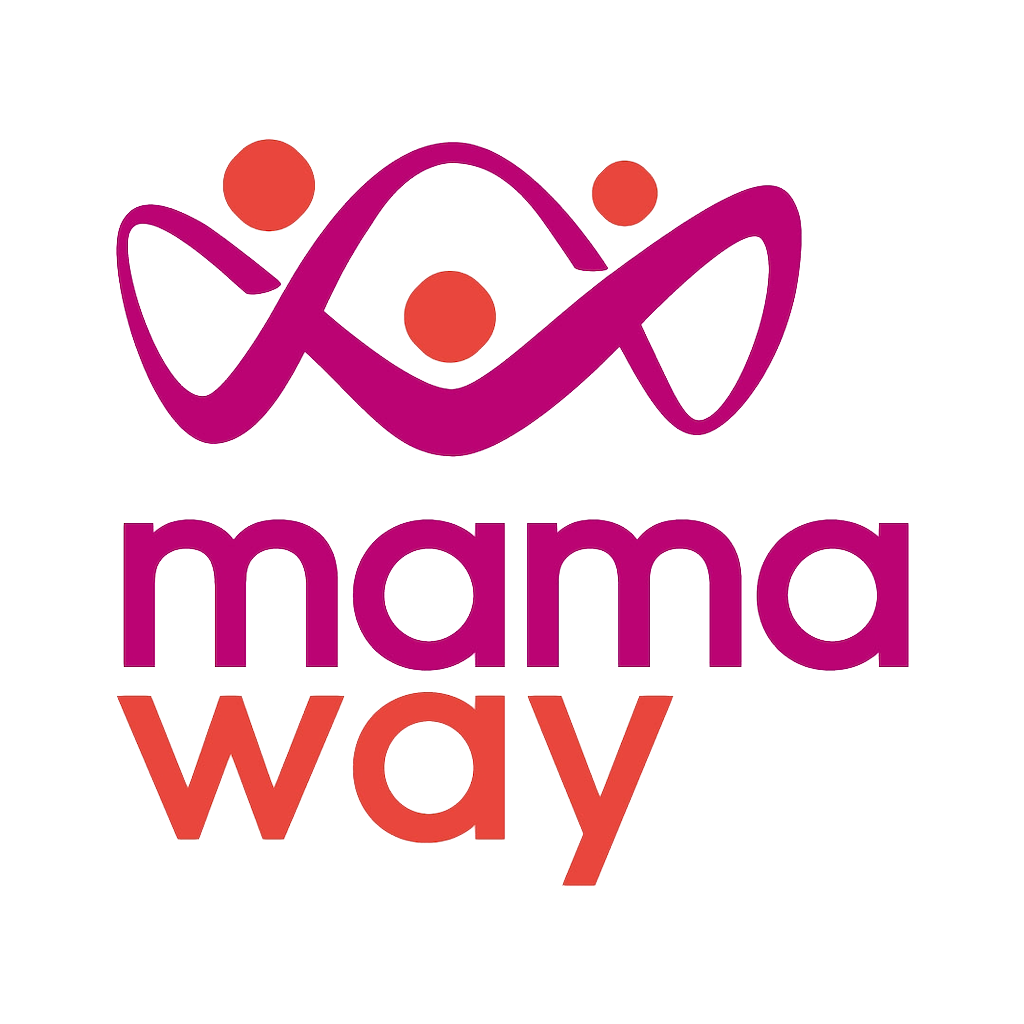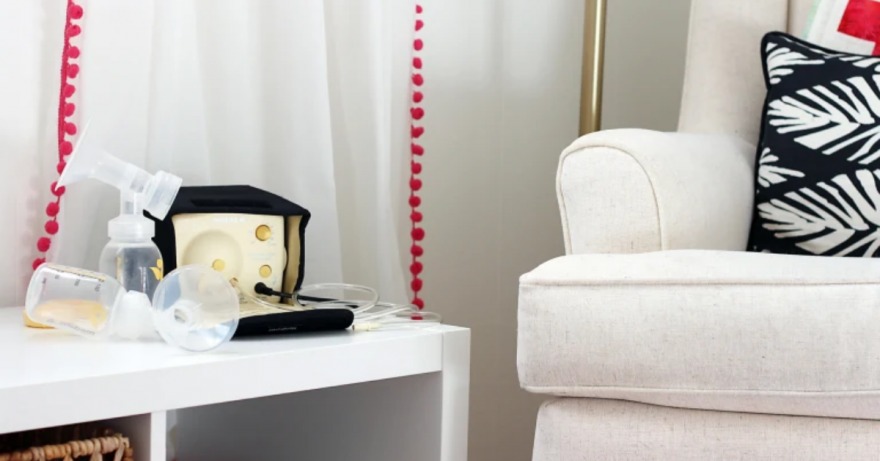You’ve probably heard about how breast milk is the ultimate source of nutrition for your newborn baby. But often moms find it challenging to breastfeed especially you doing it for the first time. A survey shows that about 27% of mothers found pumping uncomfortable, and an additional 15% experienced a pump-related injury, making most mothers daunted by the task of producing milk and breastfeeding.
Always keep in mind that failing to extract milk on your first few tries does not necessarily mean you have poor milk supply. Many moms overlook the fact that your breast pump just might not be the best fit for you. So if you’re considering buying breast pumps, whether for the first time or not, here’s what you need to know:
Why do moms get hurt from pumping when they shouldn’t have?
- Discomfort and damage to your breasts and nipples can be caused by having the wrong level of suction, excessive pumping, or pumping for longer when you are not able to pump out milk effectively.
- Gap between the shields and swollen breasts affects the efficiency of suction.
- Poor, unstable suction levels aren’t able to draw milk out even if the pump motor is still working.
Besides the strength of the pump’s motor, here are some other factors you will want to take note of.
- The icy-feeling of the breast shields tenses up your body when touching your breast.
- The noise of the pump can easily wake up your sleepy newborn.
Things to do before pumping:
- Applying a hot, moist message to your breasts to improve your blood circulation.
- Compress your breasts gently and don’t forget to sterilize and clean your breasts as well.
Why is an electric breast pump recommended?
- If your baby is not properly latched on to your breast, feedings could be painful. An unstable baby’s sucking pressure applied to the nipples causing discomfort. But the Electric pump has developed a more closely mimic baby’s natural sucking behaviour to ensure comfortable nursing.
- Hand-expressing milk can be hard labour work as you expressing every few hours cause sore arms and wrists.
- You will be able to pump more milk with the least time and effort with an electric pump.
- Research also shows that most women express larger volumes of milk when using a double, rather than a single pump.
When to start electrical pumping?
An Electric pump is definitely your “breast friend”. Start double pumping breast milk, especially when you’re back to work, or if your baby can’t feed directly from the breast, perhaps because she’s premature or has special needs, or you are separated for any reason. With an electric pump, you can pump out milk regularly or on a daily basis without much effort.
What’s the difference between pumping and direct latch?
- Baby directly feeding is the best once your breast milk starts kicking in. No matter how gentle your breast pump is; it might not work as well as your baby’s perfect sucking.
- The strength that your baby suckles is much stronger as compared to the breast pump, thus stimulates your breast effectively for higher volumes of milk. This is also why some moms often pump during work day, and breastfeed directly at night and weekend to keep maintain their breast milk’s volume.
- The warm, moist rhythm of the baby’s suckle helps to calm the hardness of engorged breasts, and a high vacuum may cause damage to your nipples and breasts because of the icy-feeling Polypropylene made shields tenses up your breasts.
Why is Mamaway breast pump your first choice?
- No more heat compress, warm towel, or massages needed to stimulate your breast as the thermal shields meet everything you need.
- The thermal shields help to release your tension and soothe the pain.
- Maximum suction noise at 40dB, soft enough not to wake up any sleepy baby.
- Mimics baby’s oral temperature and sucking to create a smoother pumping experience.
- Gentle enough to pump out colostrum.
What are Reflex, Swift, and Natural Expression mode?
Reflex, Swift, and Natural Expression Phases accurately mimic the suckling motion of a hungry baby.
- Reflex mode: Mimics every time when your baby starts sucking quickly (but not too deeply) at first to trigger your milk ejection reflex and gets milk to flow.
- Swift and Natural Expression mode: mimics when a baby switches to a slower, deeper suckling rhythm to draw milk out effectively.
Do keep in mind that reflex motion is not a massaging mode; applying this mode in longer hours doesn’t necessarily mean that it has a better result. The whole breast-pumping should take approximately 15 minutes per session.
How much do you know about the misconception about breast pumps?
Q: Does higher pump suction mean more milk?
A: In a matter of fact, high pump suction can cause damage and pain on breasts and nipples, resulting in upsetting new moms who were about to develop colostrum. Always remember that it is important to always use the pump at the suction level which feels right to you, together with the thermal shield, pumping can be easy even for new moms.
Q: Is it better to pump only one side as pumping both sides together makes the breast-pumping less efficient?
A: If there’s only one motor to support double pumping, it might affect the suction’s efficiency. However, breast pumps with double motors ensure efficient breast pumping sessions.
Q: Should I get a breast pump according to my milk supply, like a manual breast pump for moms with medium supply, while electric breast pumps for moms with a high volume of breast milk?
A: Always remember that the breast pump and your lifestyle are the ones to decide your milk supply, not vice versa.
Q: Does silicon shields with massaging stimulate your milk flow? Are they necessary?
A: Silicon petal shields are designed to eliminate the gap in between your breasts and shields. Instead, it actually has a limited effect on massaging your breasts and stimulating proper milk flow.
Q: Is it true that massage is a must before pumping?
A: Massage is not necessary before pumping, not even for new moms who are trying to express colostrum. But, massage can be considered only when moms with clogged or infected breasts. Do take note that inexperienced lactation consultants might result in an increased risk of unnecessary infections.
Q: The nurse suggests hand express colostrum at the start and breast pumping once I have a stable milk supply, is it true?
A: Colostrum is the first milk you produce when starting breastfeeding. Although hand express may soothe the pain of a normal breast pump section, or you may find that thermal breast shields keep mom relaxed, mimics the oral suckling of the baby to stimulate gently for milk to come in quickly.
Q: Do heat compress and warm towel before pumping helps?
A: Yes, both work well in relaxing your body and improving blood circulation as well. However, you may find difficulties in breast-pumping when the cold shields touch your warm breasts as the temperature differences are much bigger; while thermal shields are able to heat compress all along during pumping sessions, making it easier for moms.
Q: A Portable battery-operated breast pump is much more convenient?
A: A moving motor isn’t necessarily able to pump out all the breast milk. A brand new battery might resemble the powers of a plug-in. Not to mention that the batteries can easily run out anytime, anywhere.
Q: Is it true that the flange of breast shields must be huge?
A: When the baby starts suckling, they won’t reserve much space to take your nipple and areola into their mouth. Thus, it’s not true that a bigger flange provides a better fit between the pump and the breast.
Q: The milk seems to be flowing back to breast shields, why?
A: This is because moms leaned way back to the couch. Slightly moving to your front will smoothen up your breastfeed flow. You are not necessarily straightening up your body, just slightly lean forward will be good enough.
Q: Can silicone breast pumps be used as breast pumps?
A: Breast pump mimics the natural sucking behavior of a hungry baby with stimulation, reflex, and swift phase; while silicone breast pumps might be able to draw out milk, but without the mimics of the oral feeding phase, it doesn’t work as efficiently as the electric breast pump. Silicone breast pumps seem useful for moms to pump a little during engorgement and during outing. Please keep in mind that unrelieved prolonged engorgement can decrease your milk supply.
Q: What about hands-free breast pumps?
A: Hands-Free is most likely for breastfeeding-experienced moms. New moms may find it challenging at first just by placing in a correct position, and not to mention without knowing if the breast pump is working.


Leave a Reply